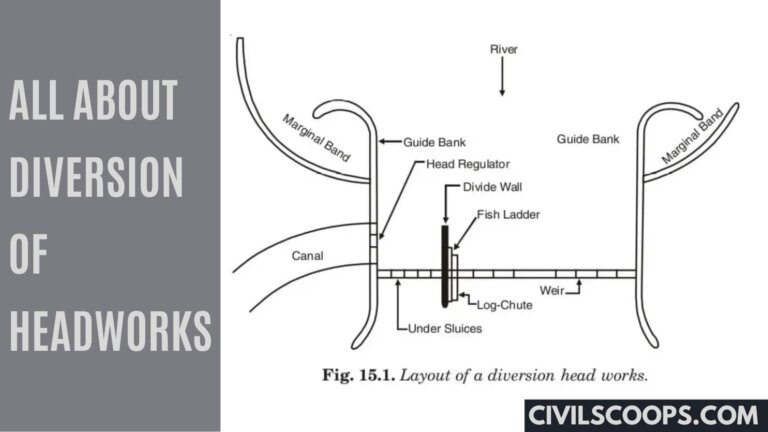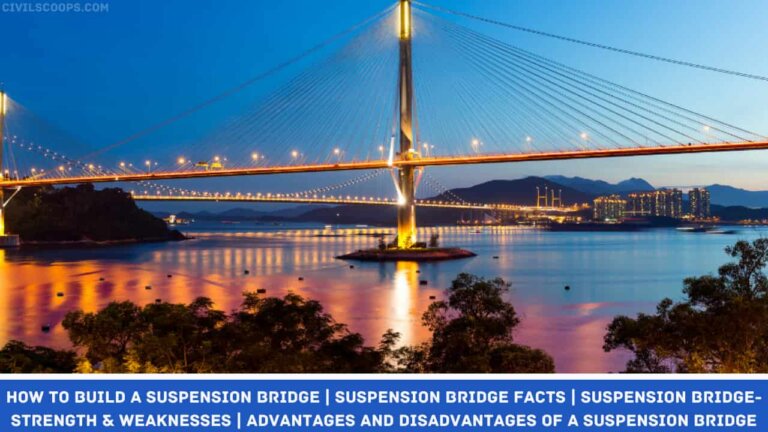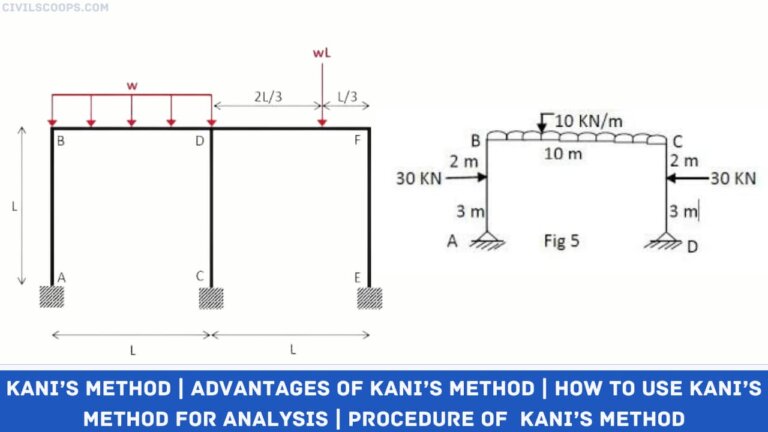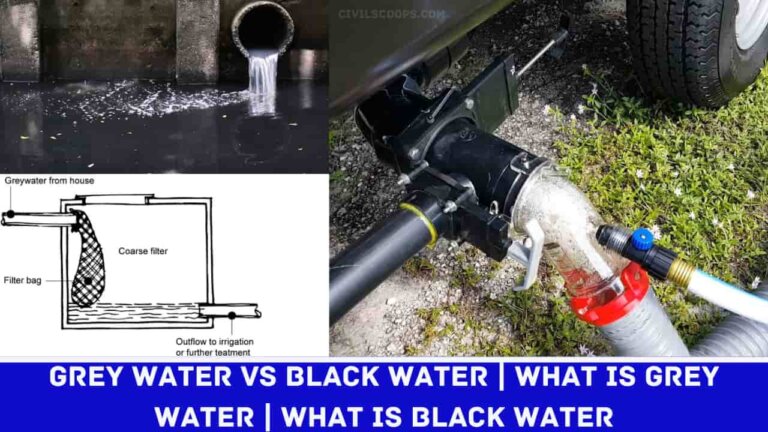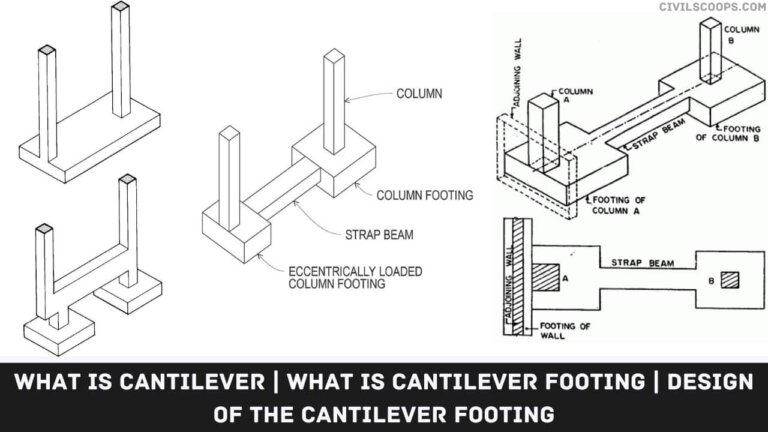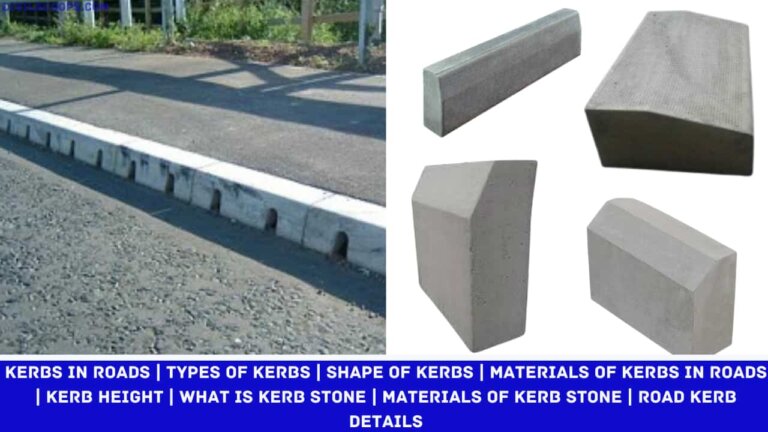What Is Flyover | Types of Flyover | Flyover Design | Flyover Construction
What Is Flyover? A Flyover is a bridge that carries one railroad or road over another. Flyover can also be described as an overpass or a high road bridge that crosses a highway or intersection. The difference between the Bridge and Flyover is depending on the purpose of its use and the location where it…



